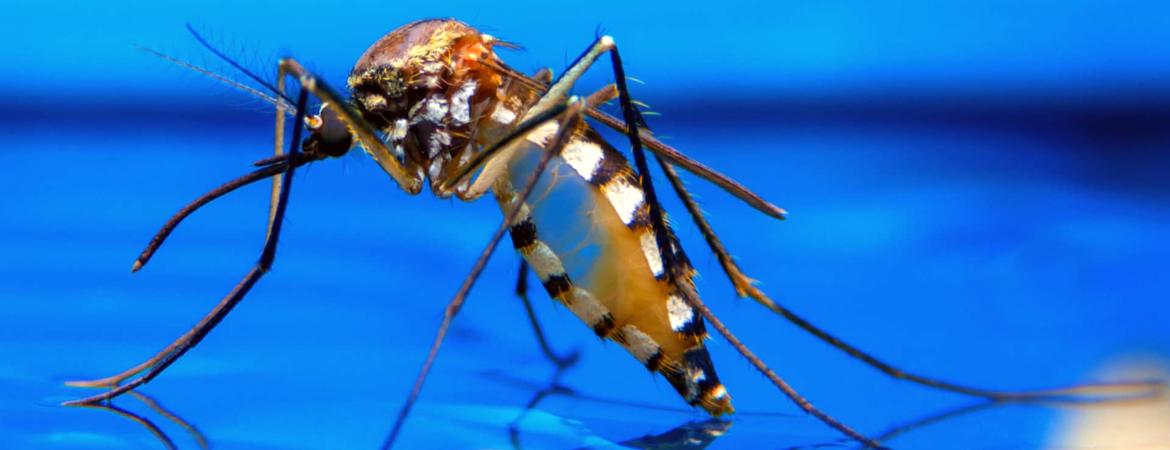
IIGB/CEPCEB cell biologist Karine Le Roch is the principal investigator of a $2M NIH grant to discover the 3-D structure of the malaria parasite’s genome during the erythrocytic cycle that is responsible for disease in humans. Her lab will work closely with the lab of William Stafford Noble, a professor of genome sciences at the University of Washington. Approximately $1 million of the total funding will be allocated to UCR.
Malaria is one of the most important infectious diseases in the developing world, with the absence of a vaccine and the development of parasite resistance to commonly used antimalarial drugs complicating efforts to fight the deadly disease.
The parasite that causes malaria is Plasmodium, which requires specific human and mosquito tissues to complete its life cycle. The progression and control of this life cycle could be better understood by studying changes of the 3-D structure of the parasite’s genome.
The researchers will use the resulting 3-D structure data from their work in combination with new genome-wide data sets to develop a computational three-dimensional model that they expect will yield insights into how parasite genes are regulated. By providing fundamental insight into the regulatory mechanisms of the malaria parasite, the project aims to improve the ability to design new drugs and novel lines of defense against malaria.
The start date of the four-year grant is July 1, 2013.